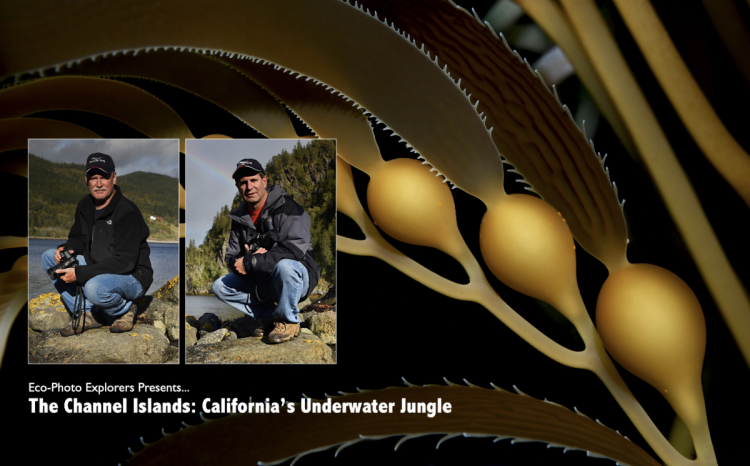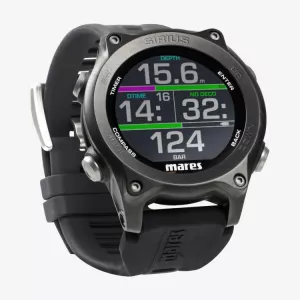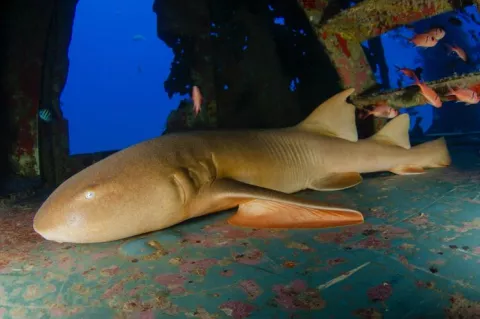Dive into Taiwan: Kenting
In the southernmost district of Taiwan lies the Taiwanese Riviera, located in Hengchun Township (also known as Kenting), where divers enjoy the warm waters and plentiful marine life of the sheltered bay of Nan Wan, with its coral cliffs, reefs and pinnacles. Simon Pridmore has the story.














